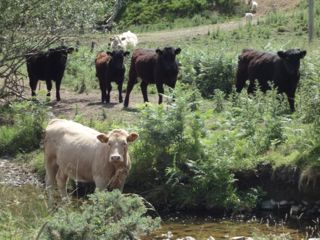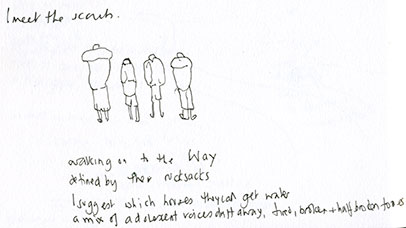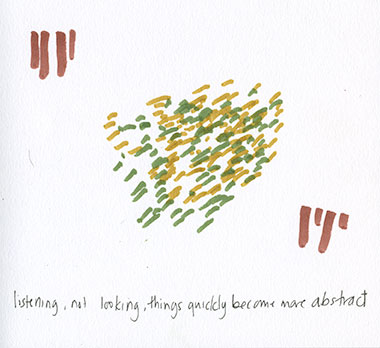Listeners all over the world can now tune in to the sound of a Border burn, music and voices, through a new Tweed Rivers soundmap created by the Working the Tweed artists.
Location recordings that can be heard on the sound map include electrofishing on the Teviot, interviews with anglers David Mitchell and Ronnie Glass and river experts including Paxton Netting, Tweed Forum and the Tweed Foundation. The soundmap also includes Borders music from Kirsty Law, Rachael Hales and the Small Hall Band, and environmental recordings made on burns and rivers, including some from World Listening Day 2013.
The project is part of Working the Tweed, and features recordings made by some of the project artists, including Jules Horne, James Wyness and Claire Pencak. The Tweed Sound Map has come from an international collaboration with Berlin-based Udo Noll from global soundmap radio aporee. 
Jules said: ‘radio aporee has field recordings from every corner of the world. You can zoom in on a Google map and hear sounds from that place – it’s very atmospheric and interesting. We wanted to give a flavour of the distinctive sounds and voices of the Tweed catchment, to highlight a sense of connection through the river.’
Udo Noll said: ‘The Tweed soundmap is a great example of international exchange and collaboration, and I especially like how sound and recording is used here. Listening to the Tweed map gives you a strong idea of the relation between landscapes, nature and the people living there.’
The idea for project and theme-based maps on radio aporee came from sound artist John Grznich at the MoKS Centre for Art as Social Practice in Estonia, who linked up with Borders artists when taking part in the Alchemy Film and Moving Image Festival in Hawick.
The hope is that the Tweed sound map will continue to be added to over time so that it can build up into an archive of voices and river sounds.
To access the sound map, go to www.tweedsoundmap.co.uk


















